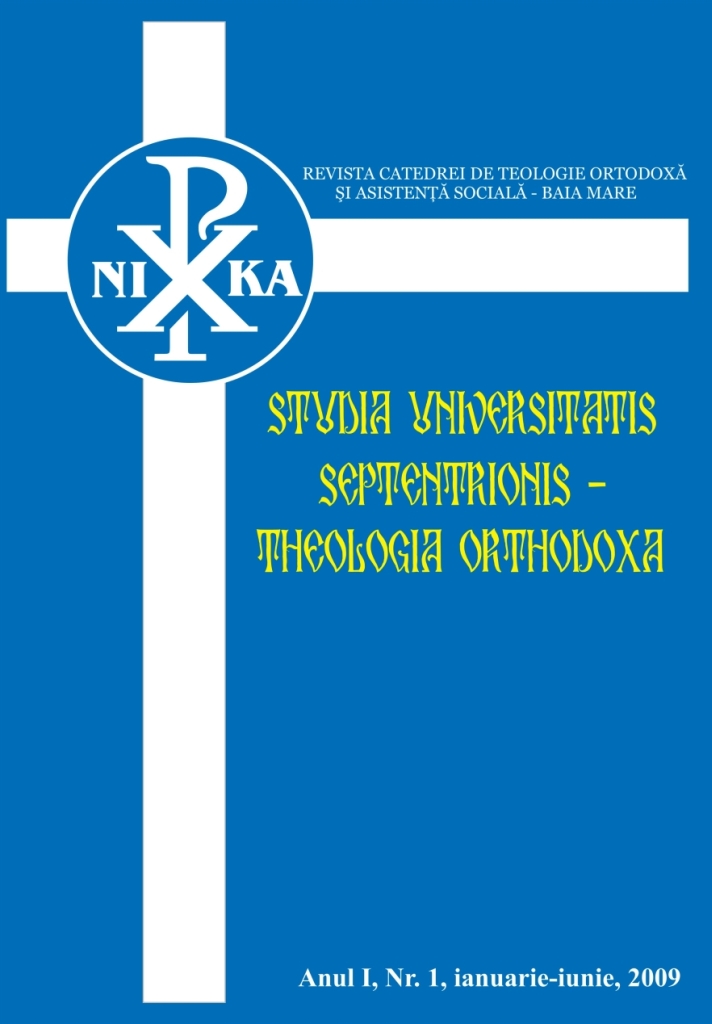Biserica Ortodoxă din Maramureș și relațiile ei cu statul și alte confesiuni religioase
The Orthodox Church of Maramureș and her relations with the State and other religious confessions
Author(s): Dorinel DaniSubject(s): Christian Theology and Religion, Theology and Religion, Eastern Orthodoxy
Published by: Editura U. T. Press
Keywords: Orthodox Church; Maramureș;
Summary/Abstract: From the very beginning I would like to point that the history of this Romanian district goes back in time. After 106 A.C., when romans conquered a part of Dacia, our area was inhabited by, so named, “the free dacs”. This thing can be proved today with our local traditions, our folk music and people clothes (unique in Europe). That means that the inhabitants of this area never run away from here. What was their religion is hard to say, because of the lack of documents. This territory, formerly full with forests, was the point of the greed, one after another, of Hun, Slav, Mongol and Hungarian migration. Somewhere at the end of XIII-th Century this territory was integrated in the Hungarian Kingdom. From that time hither we have accounts about the Christian life of our ancestors. Later, in 1391, in a Constantinopolitan document is mentioned the “Peri monastery” whos abbot obtained some rights similar with orthodox bishop rights. Other orthodox monasteries were built in: Giulesti, Cuhea (today Bogdan Vodă), Bârsana, Nănesti and Cornesti – all of them mentioned in different documents of XIII-XIV-th Centuries. Stone churches were built in the same period in: Ieud (1364), Biserica Albă (today in Ukraine-1373), Apsa de Mijloc (Ukraine-1428), Sarasău (1456) s.o. All these things proove that the Orthodox Church was well organised even if we don’t know where was the residence of the bishops in that period. From XV-th up to XVIII-th Century, sometimes, the Ruthenian bishops of Muncaci had jurisdiction over Maramures and Sătmar (Satu Mare). Other times the jurisdiction was held by the bishops of Vad Bishopric (the residence nearby Dej) and other times we had our own bishops - who ruled from one of monastries mentioned above or from other monastries built in this period (Habra, Moisei s.o). The first bishop mentioned is Luca of Muncaci (1485). From this year up to 1739 we know by name 35 bishops: 15 were bishops of Muncaci, 7 of Vad, 12 of Maramures and 1 was the Archbishop of Transilvania Sava Brancovici. Today we are glad to have among us two orthodox bishops in Baia Mare Bp. Justinian and Bp. Justin. The Bishopric consits in 554 parishes and 27 monastries.
Journal: Studia Universitatis Septentrionis. Theologia Orthodoxa
- Issue Year: I/2009
- Issue No: 1
- Page Range: 89-108
- Page Count: 20
- Language: Romanian

